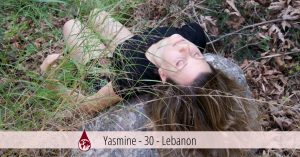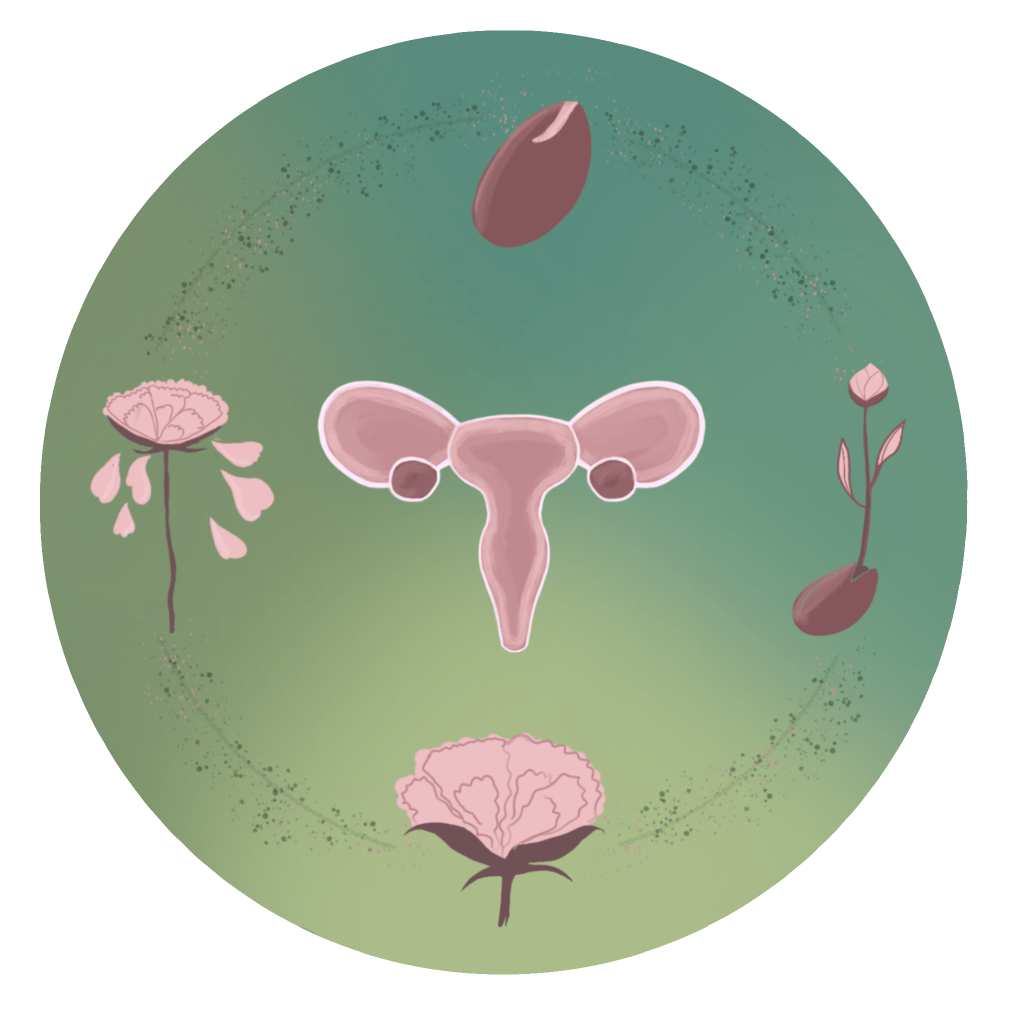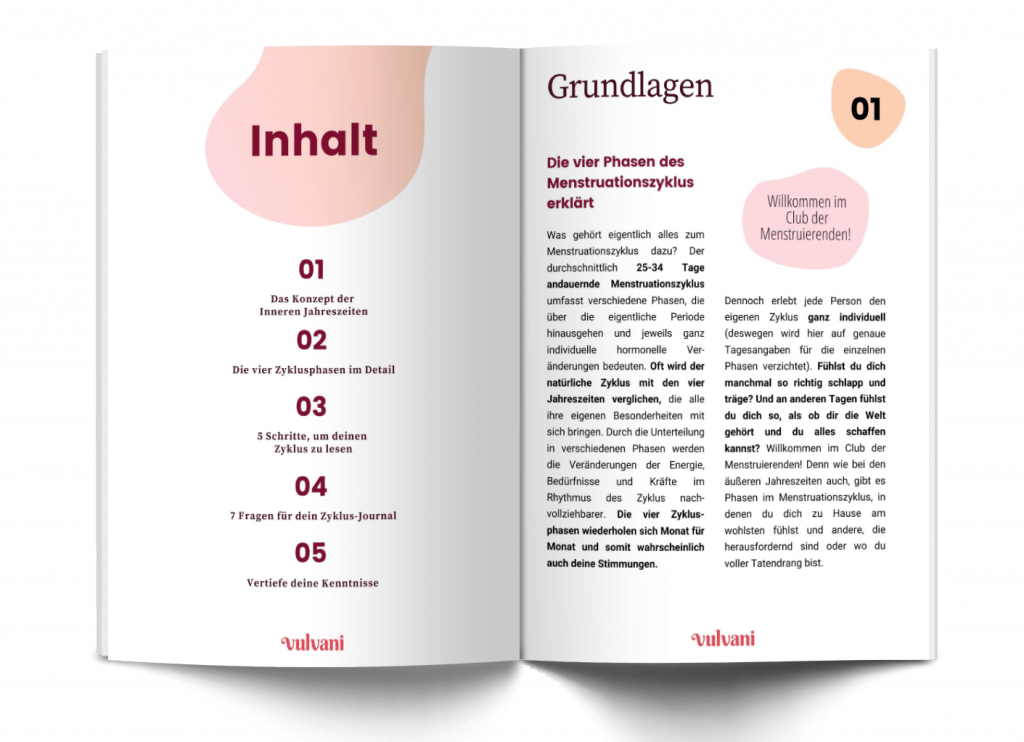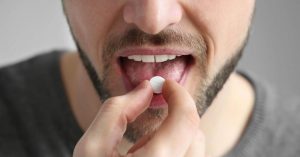
Discovering your menstruation as a spiritual practice
Yasmine understands her menstruation as a spiritual practice and shares in this interview how she is connecting more with her own body through cycle awareness.
Cramps, bad mood, water retention. Almost every menstruating person has experienced at least one of the countless PMS and menstrual symptoms. There are many tips to help get through this time. One of them: Eating. Eat cyclically, to be exact. If question marks are appearing on your face now, hang in there! Because the right nutrition for the menstrual cycle can do a lot more than just relieve discomfort.
Everything we eat somehow has an influence on our body. For this reason, you can basically listen to what your body tells you. If you know yourself well and pay attention to yourself, you will quickly find out which food is good and tolerable. And also which you should rather avoid. Nevertheless, there are some tips on what to watch out for in which cycle phase.
The goddess of love and lust, Persephone, is often depicted with a pomegranate in her hand. It is a sign of her fertility and femininity. Pomegranates contain plant estrogens, also called phytoestrogens. These can activate estrogen receptors in the body, but also block them. Menstrual and PMS symptoms often occur when the menstruating person has an estrogen surplus. In this case, phytoestrogens have a blocking effect. Estrogen deficiencies, on the other hand, are found in connection with menopause, where phytoestrogens then have an activating effect to compensate for the imbalance.
Like pomegranates, soy also contains phytoestrogens. People in Asian countries such as Japan eat a lot of soy. Therefore, women who follow a traditional asian diet hardly ever suffer from menopausal symptoms and PMS as known in Europe. Therefore, a regular intake of phytoestrogen-containing foods can relieve symptoms. Personally, I don’t like soy too much, so I’m very happy that lentils, peas, beans, potatoes, plums, and (pomegranate) apples, among others, also have phytoestrogenic effects. Especially if you eat the peel too, because the highest concentration of the valuable substance can be found directly under the peel.
Our body needs energy to rebuild the uterine lining after menstruation. Many menstruators also feel more cheerful, upbeat and full of energy during this time. You can now support your body with protein-rich foods, such as kidney beans, lentils or soy products. Probiotic foods such as sauerkraut, pickles, yogurt and bean sprouts also help during this phase.
Shortly before and during ovulation it can be helpful to eat raw vegetables, dark berries, broccoli, asparagus, corn, and red lentils as these foods contain fiber, antioxidants and calcium, that support the body during ovulation.
The luteal phase can be called the inner autumn. Our body shuts down and oftentimes you may feel the need to retreat. The well-being can now be increased with vitamin B by eating chickpeas, bananas, peppers, kale and avocado. Also, as a precautionary measure, one should already make sure to consume enough magnesium and iron so the body has no deficiencies during menstruation. Foods rich in iron are beet, fennel, arugula, walnuts and chocolate (the ones with a high cocoa content!).
In addition to iron, you can make sure you get enough unsaturated fats during your period. These can be found in salmon, avocado and olives for examle. Vitamin A from spinach, carrots, kale, sweet potatoes and pumpkin also contribute to a hormonal balance.
I was a vegetarian myself for quite a while and was happy that, unlike many people I know, I didn’t have cramps during my menstruation. When I started eating meat regularly again I had cramps for the first (and unfortunately not the last) time. I didn’t see the connection until I cut back on my meat consumption for two months. With a hot water bottle and lavender oil I was prepared for the abdominal pain but it didn’t come.
Meat and dairy products especially beef and pork, sausage, offal and whole milk contain a lot of arachidonic acid. This promotes inflammation and cramps and therefore causes more severe cramps and pain before and during menstruation. We also absorb the stress hormone cortisol via meat, which is secreted by animals before slaughter and of which menstruating women already have an increased dose in their bodies before their period anyway. To sum up, giving up meat or eating less meat for one to two weeks before menstruation can help against the pain.
Sugar and also cow’s milk increase the production of insulin. Insulin ensures the production of testosterone, which is partly responsible for acne and pimples. Additionally salt should only be consumed in moderation before the period as it promotes water retention in the body, which can occur especially during this time.
During the two meat-reduced months, I also tested something else: “seed cycling.” The principle of seed cycling is to support the hormones and their balance mentioned at the beginning with seeds. In the follicular phase, these are flaxseeds and pumpkin seeds, which contain many omega-3 fatty acids that stimulate FSH. Sesame seeds and sunflower seeds can support you during the luteal phase. They contain omega-6 fatty acids and thus support the production of progesterone and prevent estrogen dominance. In addition, all of these seeds also contain the phytoestrogens mentioned above. So I snacked on pumpkin seeds, made my muesli Instagram-ready with flaxseeds, and ate rolls with sunflower seeds.
In the end, I can’t really say whether all of this had an influence on my cycle as big as it promises. Because although I felt comfortable in my skin, every cycle is individual and influenced by very different things like stress, exercise and the psyche. We need more studies on the cycle and menstruation! But what I can say is: it helps to observe yourself during your cycle and to find out more about your body. It is a kind of selfcare to support your body with certain food in different phases.
If you want to learn more about the topic and are looking for recipes, I recommend the book “Eat like a woman” by Andrea Haslmayr and others.
Are you ready to finally understand your body & your mood swings better and learn cycle awareness? Then our online course “Cycle Awareness as a Superpower” is perfect for you!




Yasmine understands her menstruation as a spiritual practice and shares in this interview how she is connecting more with her own body through cycle awareness.

What options are there for male birth control? Ailsa delivers an overview of what is available now, and what may come in the future.

Sustainable underwear? The founders of TUKEA talk about fair labour conditions, body diversity and body literacy.
…and empower countless women to make empowered choices about their bodies!

